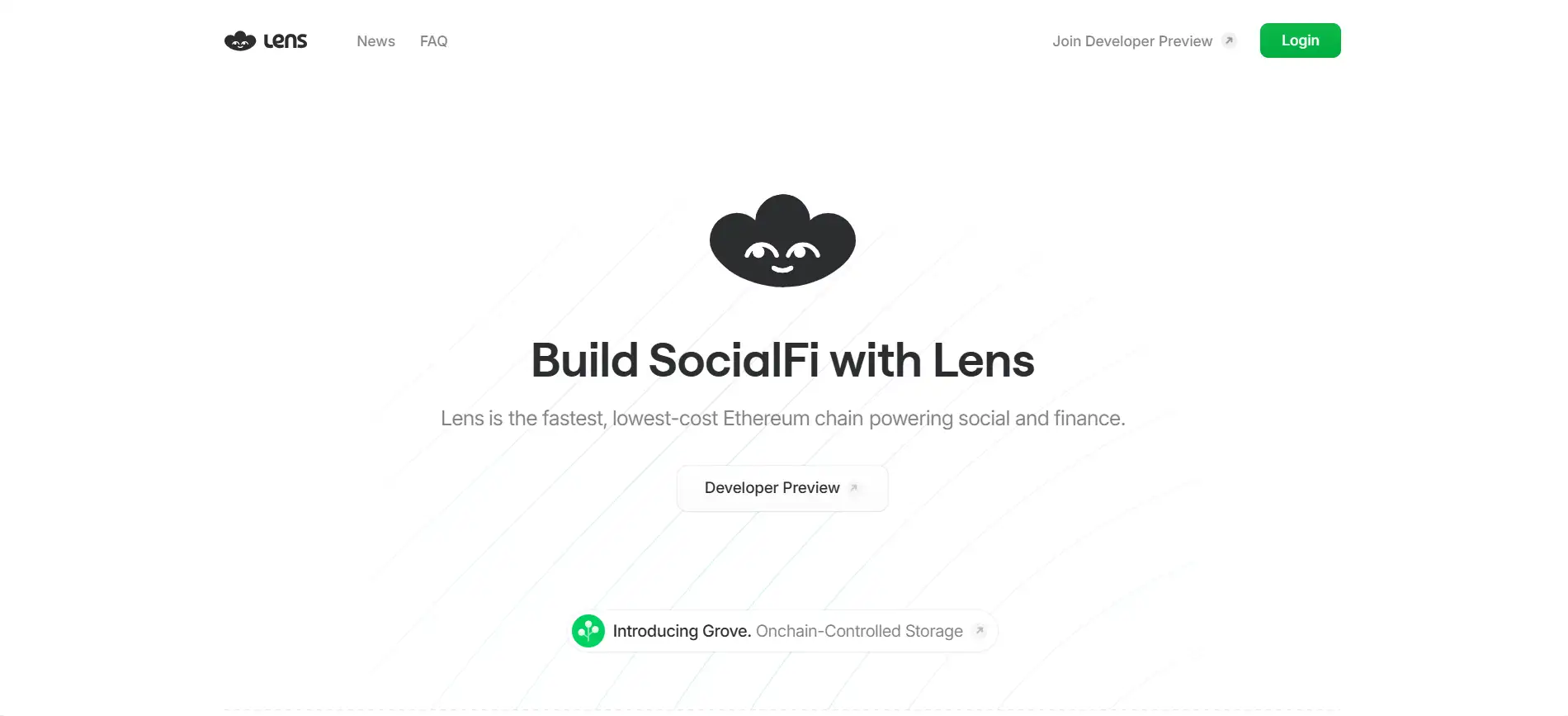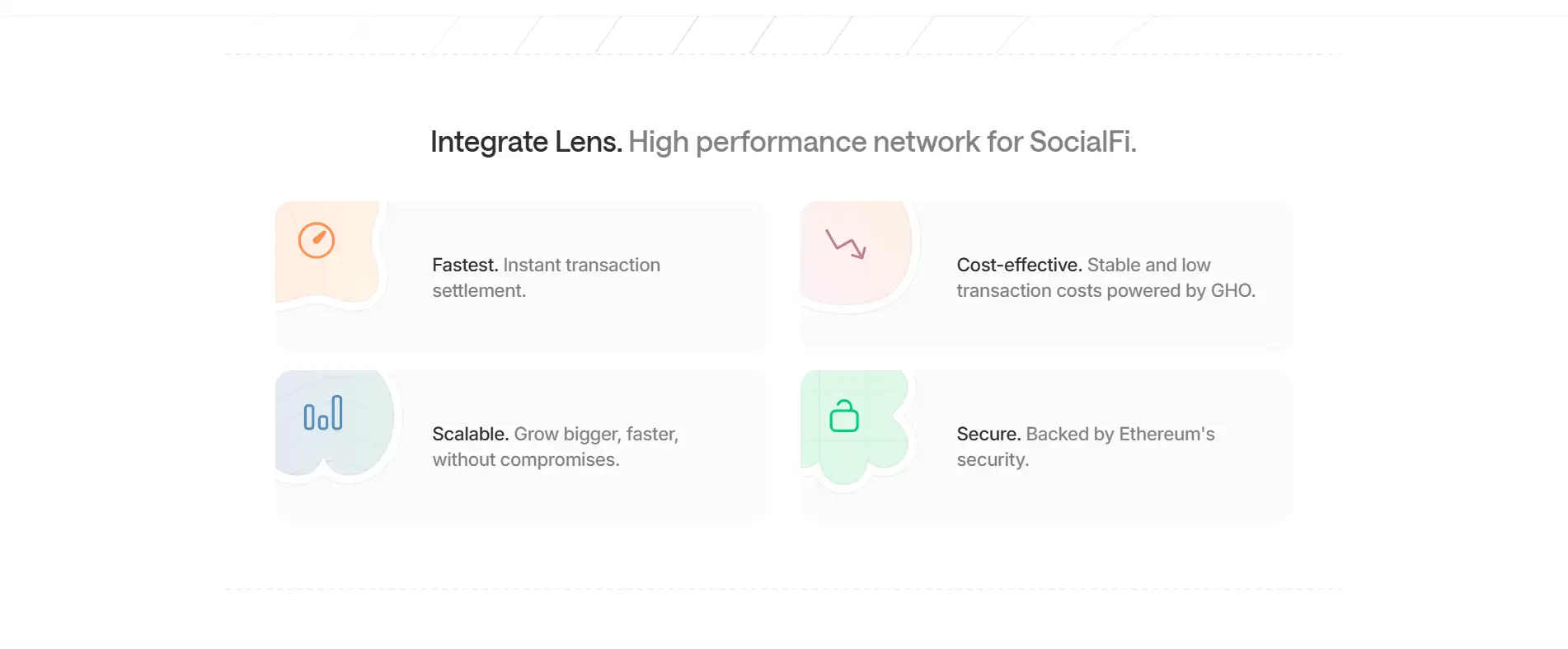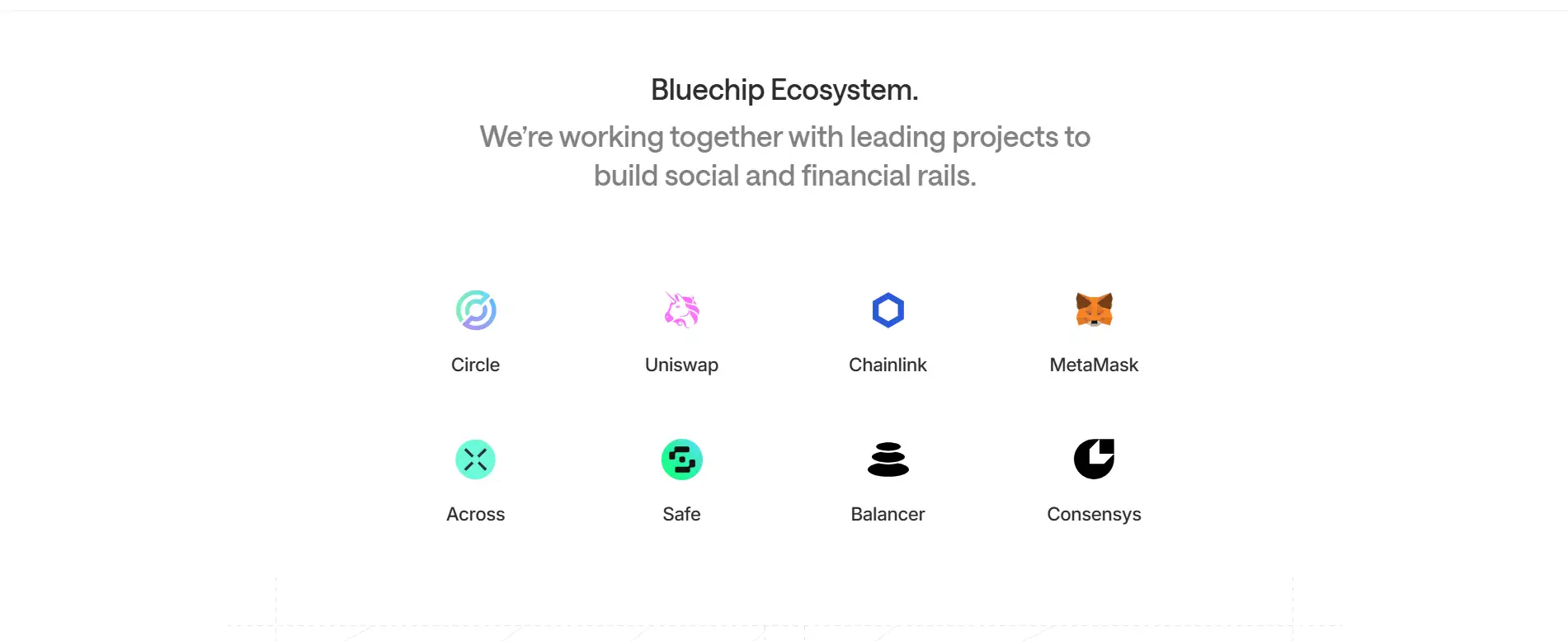About Lens Protocol
Lens Protocol is a decentralized social graph designed to transform the way social media functions by giving users full ownership of their content, connections, and digital identity. Unlike traditional social media platforms that control user data and limit interoperability, Lens Protocol allows users to maintain complete control over their online presence. Built on the Polygon blockchain, it provides a censorship-resistant and open-source framework where developers can create innovative social applications while leveraging a shared user base.
The project was developed by the team behind Aave, one of the most well-known decentralized finance platforms. By integrating smart contracts and NFTs, Lens Protocol ensures that user profiles, posts, and connections remain permanent and transferable across different decentralized applications (dApps). This structure eliminates data silos, enhances user autonomy, and enables seamless monetization opportunities for content creators. With a focus on digital ownership, decentralization, and developer-friendly infrastructure, Lens Protocol is shaping the future of social networking.
Lens Protocol is an innovative social networking infrastructure that enables decentralized and user-owned digital interactions. Unlike centralized social media platforms such as Twitter and Facebook, which control user data and limit content ownership, Lens Protocol leverages blockchain technology to create an open, composable, and censorship-resistant ecosystem.
The core concept behind Lens Protocol is its modular and NFT-based architecture. Each user profile is minted as an NFT, ensuring that individuals maintain complete control over their social identity. Posts, comments, and interactions are also represented as on-chain assets, meaning users can port their content across multiple dApps without losing ownership. This decentralized approach eliminates the risks of platform shutdowns, censorship, and data exploitation that exist in traditional social media.
One of the most significant advantages of Lens Protocol is its developer-friendly infrastructure. By providing an open social graph, developers can build new social media platforms, content-sharing applications, and monetization models without needing to recreate a user base from scratch. This approach fosters innovation and allows for the seamless integration of Web3 features, including tokenized engagement models, decentralized governance, and creator-owned economies.
Competitors in the decentralized social networking space include Farcaster, DeSo, and Nostr. While these projects also focus on user sovereignty and censorship resistance, they differ in their underlying blockchain infrastructure, governance mechanisms, and content monetization strategies. However, Lens Protocol stands out by offering a truly composable and interoperable social framework that allows users and developers to build a more democratic and decentralized digital landscape.
Lens Protocol introduces a groundbreaking approach to social networking by ensuring decentralization, ownership, and monetization. Here are its core features and benefits:
- Full Ownership of Digital Identity: Unlike centralized platforms that control user accounts, Lens Protocol mints profiles as NFTs, ensuring users have full control over their online presence.
- Interoperability Across Multiple dApps: Users can take their Lens Profile, content, and social interactions across different blockchain-based applications without needing to rebuild their network.
- Censorship Resistance: Since content is stored on Polygon’s blockchain, no centralized authority can delete, manipulate, or restrict user posts and connections.
- Monetization Opportunities: Creators can earn from their content through NFT sales, tipping mechanisms, tokenized interactions, and decentralized advertising models.
- Developer-Friendly Infrastructure: By providing an open-source and composable social graph, developers can build new Web3 social applications without needing to bootstrap a user base.
- Create a Web3 Wallet: Since Lens Protocol operates on the Polygon blockchain, users need a compatible wallet such as:
- Obtain a Lens Profile: Access to Lens Protocol is currently limited and requires an invitation or whitelisting. Users can check availability on Lens Protocol’s official website.
- Explore dApps Built on Lens: Once a profile is set up, users can interact with decentralized social platforms such as:
-
Engage & Monetize: Users can start posting content, following others, and engaging with the Lens Protocol community. Creators can also monetize their content through:
- Minting NFT-based posts
- Receiving direct tips from followers
- Participating in tokenized engagement models
With its user-centric model, decentralized architecture, and innovative monetization options, Lens Protocol is redefining the way people interact with social media in the Web3 era.
Lens Protocol FAQ
Unlike traditional platforms where user data is stored on centralized servers, Lens Protocol ensures that your social identity, posts, and connections exist on the Polygon blockchain. Your profile is an NFT, meaning even if a dApp using Lens Protocol ceases to exist, your data remains intact and can be accessed through other compatible applications.
Instead of traditional advertising revenue, Lens Protocol enables creators to monetize their content directly through on-chain interactions. Users can mint posts as NFTs, accept tips from followers, and participate in tokenized engagement models. This gives creators full control over their earnings without middlemen taking a cut.
Since content on Lens Protocol is stored on-chain, original posts can be tokenized as NFTs, establishing an immutable proof of authorship. This means if someone tries to copy your work, the blockchain serves as a transparent record verifying the true creator. Users can check the history of any post to confirm authenticity.
Unlike traditional platforms that rely on centralized moderation, Lens Protocol allows users and dApps to set their own community rules. Features like blocklists, allowlists, and custom moderation tools give users control over their experience. Additionally, since interactions are on-chain, harmful behaviors are easier to track and filter out without centralized censorship.
You Might Also Like












